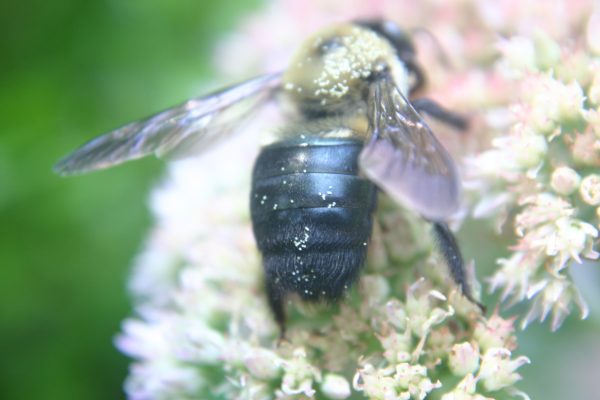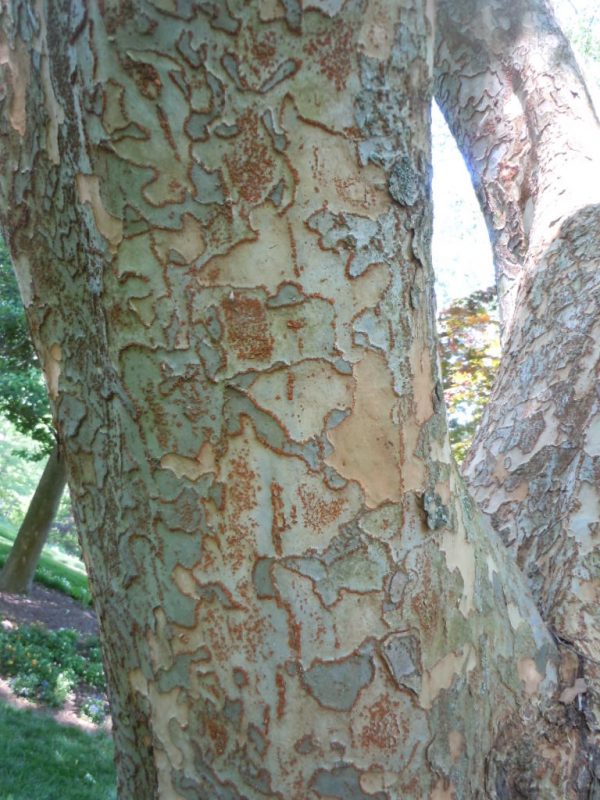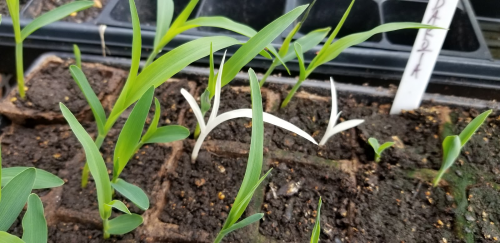Azalea – Yellow Leaves
Q: The leaves on my azalea are turning yellow. I am using a powdered, water soluble fertilizer product that says it acidifies the soil and adds iron to the soil. How much should I use to increase the soil’s acidity?
A: “Yellow leaves” on azaleas is a common problem. Sometimes it is caused by a poor root system but it can also be caused by a lack of iron available to the plant. Even though our red clay soils have abundant iron in them, it may not be chemically available to the plant. The availability of iron depends on the acidity of the soil. Acidity is measured on the “pH scale”: azaleas like to grow in soil that has a pH range of 5.0 to 5.5.
If the soil pH is wrong, your azalea can’t take up iron. That is why several fertilizer products are sold to “acidify” the soil for azaleas and rhododendrons. However, it is a chemical fact that ALL fertilizers acidify the soil to a certain extent. In the real world, the product you are using acidifies the soil slightly more than the common powdered fertilizers but it is not enough to make a marked difference. In fact, even though fertilizers do acidify the soil, the process takes so long that you will not see results for years, if ever.
The fastest way to acidify the soil is to use aluminum sulfate (drugstore alum). Dissolve eight ounces of powdered or granular alum in a gallon of water and pour it around your azalea. That will lower the pH by one point. Of course, if your yellow leaves are not caused by soil pH or lack of iron, this process will not improve your plant. Make sure you have investigated all of the causes of chlorosis (yellow leaves) before you decide that using an acidifying fertilizer will solve the problem.














